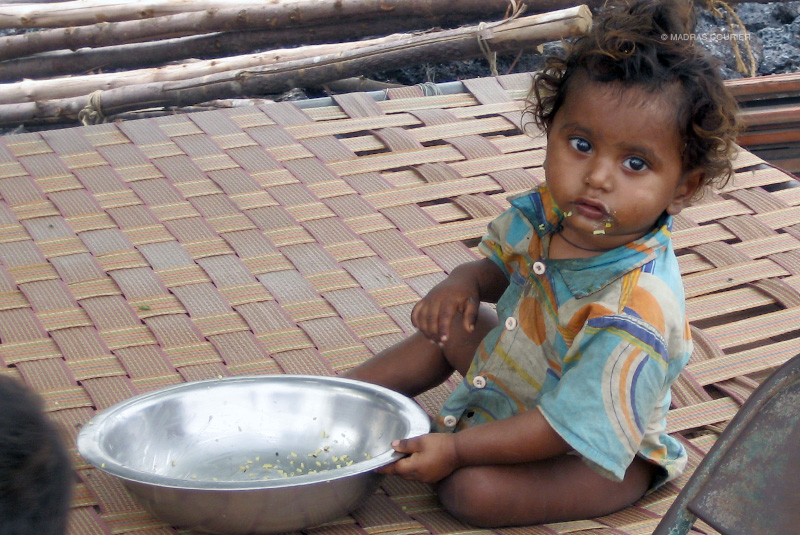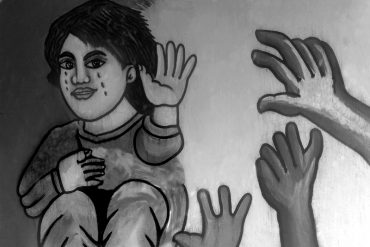What happens when people go hungry for prolonged periods of time? Malnourished children can suffer from stunted growth and the wasting of their muscles. And while the debate rages on as to whether malnourishment is reversible, the figures in India haven’t changed much since 1990. According to UNICEF data, more than a third of children under the age of five are malnourished in India.
India has been food surplus for decades, but millions of tons of food rot away in warehouses even as people starve. In 2001, godowns of the Food Corporation of India (FCI) in Jaipur were brimming with over 40 million tons of grain. The FCI, a behemoth agency tasked with handling the supply-chain management of India’s Public Distribution System (PDS), took in more grains than they could handle – resulting in millions of tons of grain being left in the open. And, rains played havoc – the FCI Jaipur saw grains rot from exposure to rains.
Less than five kilometres from the godowns, people were starving. About 47 tribals and dalits were estimated to have starved to death in the vicinity of a godown. In one village, locals were eating on alternate days in a food-saving measure called “rotation eating.”
With this incident of starvation, the Right to Food Campaign was born in India, seeking to make the availability of food an enforceable right.
Copyright©Madras Courier, All Rights Reserved. You may share using our article tools. Please don't cut articles from madrascourier.com and redistribute by email, post to the web, mobile phone or social media.Please send in your feed back and comments to [email protected]











